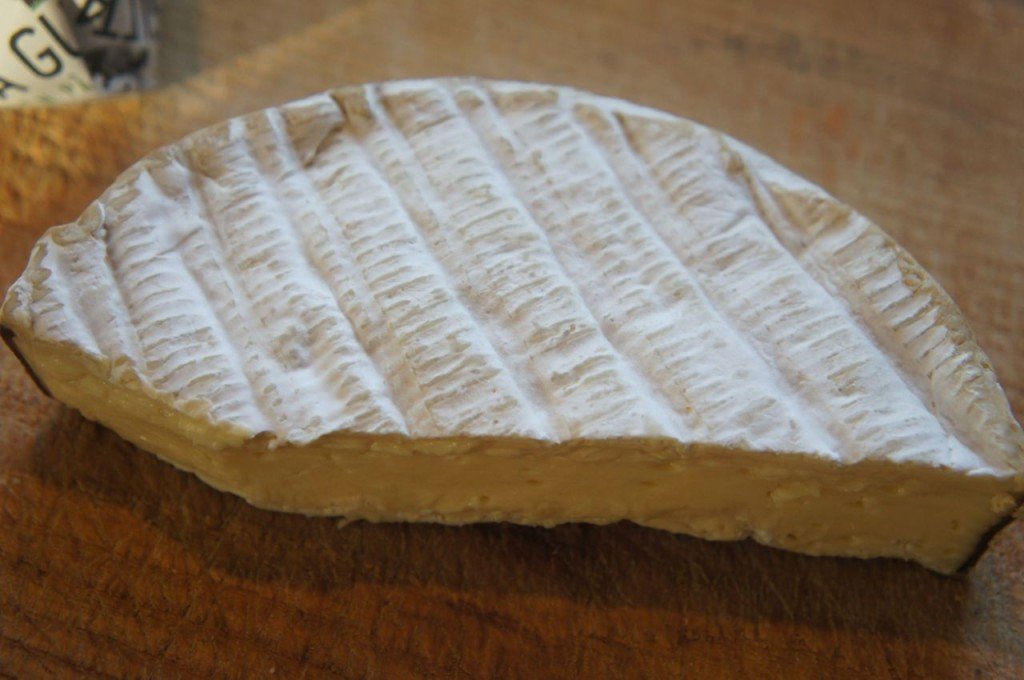Abondance
Abondance, this French semi firm favorite of mine. Mountain cheese from the northern part of the Haute-Savoie region, bordering Switzerland. Well, there are two Savoies; Haute-Savoie and Savoie. Upper Savoie and Savoie in other words. Perhaps the most beautiful area of all France, attractive both summer and winter, but definitely most famous for its winter attractions.

Travel the Savoie region
To get around and experience their array of excellent cheese, food and wine in general, summer is the best time of year, though. Look to the right for some more information about Abondance and the region.
A bit of history
The cheese takes it name from the valley and town of the same name. Nothing exceptional in that. In fact very common.
It has been around for quite a while and as is so often the case, it was local monks that started off the whole thing. They worked with the local farmers to create this magnificent cheese. In 1381, Abondance cheese was served up to the papal conclave that met in Avignon to elect the new Pope. This was the moment at which Abondance cheese gained its reputation for excellence which it has maintained ever since. But it took till 1990 before it earned its AOC/PDO. Well deserved, if you ask me.
Farmstead and fruitière
As the yearly output is only about 2400 tons this is not a cheese for the big industrial dairies. Most of the cheese is actually produced on farms, carries a green label, but there are some small artisanal dairies as well, making the cheese, oftentimes called fruitière. These have a red label. All Abondance cheese is hand made, though.
Three breeds
There are just three breeds of cattle that are allowed to deliver the milk for the Abondance cheese. Tarine, or Tarentaise if you like; Montbèliarde and of course Abondance. So Abondance is the name of a cheese, a valley, a town and a cattle breed.
During the summer many of the farms take their cattle to graze in the high mountain pastures, a belt of grassland that winds its way through the mountains. Actually up to almost 1900 meters above sea level.
Abondance facts
Made by raw whole cow milk from the breeds mentioned above. This is a semi firm cheese. Matured for a minimum of 100 days in caves and on spruce planks.
What is so typical for an Abondance is the concave sides of the wheel. A complete wheel weighs 8 to 12 kilos, by the way, so in alpine terms this is a small cheese.
Texture is semi firm with a few small scattered holes and melting with a slightly bitter but fruity flavor; nuts. The color of the rind is amber.
To drink
Local Savoie white wines of course. Chablis. Light and fruity reds such as Beaujolais, but also elegant white Burgundies. You can even try the neighbouring Vin Jaune from the Jura. If you are not familiar with this wine, equip yourself with a back-up.




